
The Battle of the Little Bighorn, known to the Lakota and other Plains Indians as the Battle of the Greasy Grass, and commonly referred to as Custer's Last Stand, was an armed engagement between combined forces of the Lakota Sioux, Northern Cheyenne, and Arapaho tribes and the 7th Cavalry Regiment of the United States Army. It took place on June 25–26, 1876, along the Little Bighorn River in the Crow Indian Reservation in southeastern Montana Territory. The battle, which resulted in the defeat of U.S. forces, was the most significant action of the Great Sioux War of 1876.
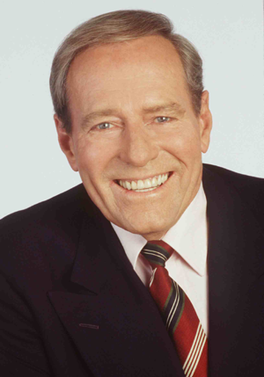
Philip Carey was an American actor, well-known for playing the role of Asa Buchanan on the soap opera One Life to Live for nearly three decades.

Herman Arthur "Harry" Lauter was an American character actor.

John Francis Regis Toomey was an American film and television actor.
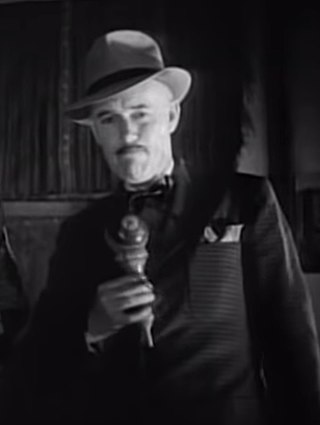
Charles D. Brown was an American stage and film actor.

Helena Carter was an American film actress in the 1940s and 1950s who is best known for her work in the film Invaders from Mars as Dr. Patricia Blake. From 1947 to 1953 she would appear in 13 films, during which time she also worked as a model.

Red Skies of Montana is a 1952 American adventure drama film directed by Joseph M. Newman and starring Richard Widmark, Constance Smith and Jeffrey Hunter. Widmark stars as a smokejumper who attempts to save his crew while being overrun by a forest fire, not only to preserve their lives, but to redeem himself after being the only survivor of a previous disaster.
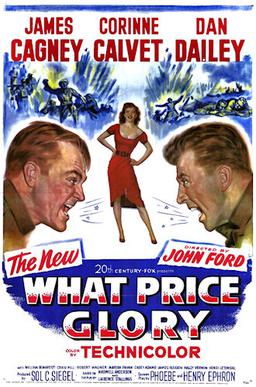
What Price Glory is a 1952 American Technicolor war film based on a 1924 play by Maxwell Anderson and Laurence Stallings, though it used virtually none of Anderson's dialogue. Originally intended as a musical, it was filmed as a straight comedy-drama, directed by John Ford and released by 20th Century Fox on August 22, 1952, in the U.S. The screenplay was written by Phoebe and Henry Ephron, and stars James Cagney and Dan Dailey as US Marines in World War I.

John Miljan was an American actor. He appeared in more than 200 films between 1924 and 1958.
Seton Ingersoll Miller was an American screenwriter and producer. During his career, he worked with film directors such as Howard Hawks and Michael Curtiz. Miller received two Oscar nominations and won once for Best Screenplay for the 1941 fantasy romantic comedy film, Here Comes Mr. Jordan, along with Sidney Buchman.

7th Cavalry is a 1956 American Western film directed by Joseph H. Lewis based on a story, "A Horse for Mrs. Custer", by Glendon Swarthout set after the Battle of the Little Big Horn. Filmed in Mexico, the picture stars Randolph Scott and Barbara Hale.
The Battle of Honsinger Bluff was a conflict between the United States Army and the Sioux people on August 4, 1873 along the Yellowstone River near present-day Miles City, Montana. This was U.S. territory acquired from the Crows in 1868. The main combatants were units of the U.S. 7th Cavalry under Lt. Col. George Armstrong Custer, and Native Americans from the village of the Hunkpapa medicine man, Sitting Bull, many of whom would clash with Custer again approximately three years later at the Battle of the Little Big Horn in the Crow Indian Reservation.
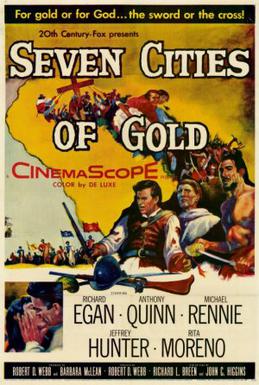
Seven Cities of Gold is a 1955 American historical adventure film directed by Robert D. Webb and starring Richard Egan, Anthony Quinn and Michael Rennie, filmed in DeLuxe Color and CinemaScope. It tells the story of the eighteenth-century Franciscan priest, Father Junípero Serra and the founding of the first missions in what is now California. The screenplay is based on the 1951 novel The Nine Days of Father Serra by Isabelle Gibson Ziegler. The tag line of the film was "This is the story of the making ...and the forging...of California...when men chose gold or God...the sword or the Cross".
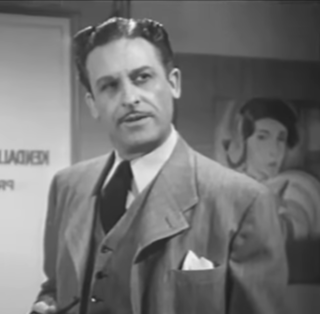
Frank Reppy Wilcox was an American actor. He appeared in numerous films and television series, as well as Broadway plays.

James Millican was an American actor with over 200 film appearances mostly in western movies.

Kiss Tomorrow Goodbye is a 1950 film noir starring James Cagney, directed by Gordon Douglas, produced by William Cagney and based on the novel by Horace McCoy. The film was banned in Ohio as "a sordid, sadistic presentation of brutality and an extreme presentation of crime with explicit steps in commission."
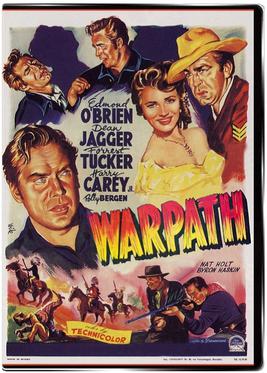
Warpath is a 1951 American Western film directed by Byron Haskin and starring Edmond O'Brien, Polly Bergen and Dean Jagger and Harry Carey Jr. The film was released as a Fawcett Comics Film #9 in August 1951.

Silver City is a 1951 American Western film directed by Byron Haskin and starring Edmond O'Brien, Yvonne De Carlo, and Barry Fitzgerald.
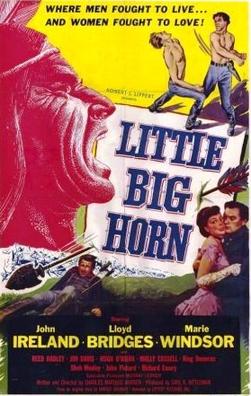
Little Big Horn is a 1951 American Western film written and directed by Charles Marquis Warren starring Lloyd Bridges, John Ireland and Marie Windsor.

Cliff Clark was an American actor. He entered the film business in 1937 after a substantial stage career and appeared in over 200 Hollywood films. In the last years of his life, he also played in a number of television productions.


















